State
Tribe Name
Art Type
short description
The Pawari Dance is an action dance in form of a traditional celebration with deep roots of devotion, and is conducted as the representation of emotional feelings by Dangi tribal community in Dang district of Gujarat. This vibrant dance is performed in worship of Dungardev, the local deity, and reflects the communities reverence for nature. The Pawari instrument (a specific wind instrument made from cattle horns, wood, and dried gourds) produces powerful soulful sound increases the enjoyment in the atmosphere thus celebrating the nature's blessing to the community and the celebrate strength of tribes.
Thumbnail
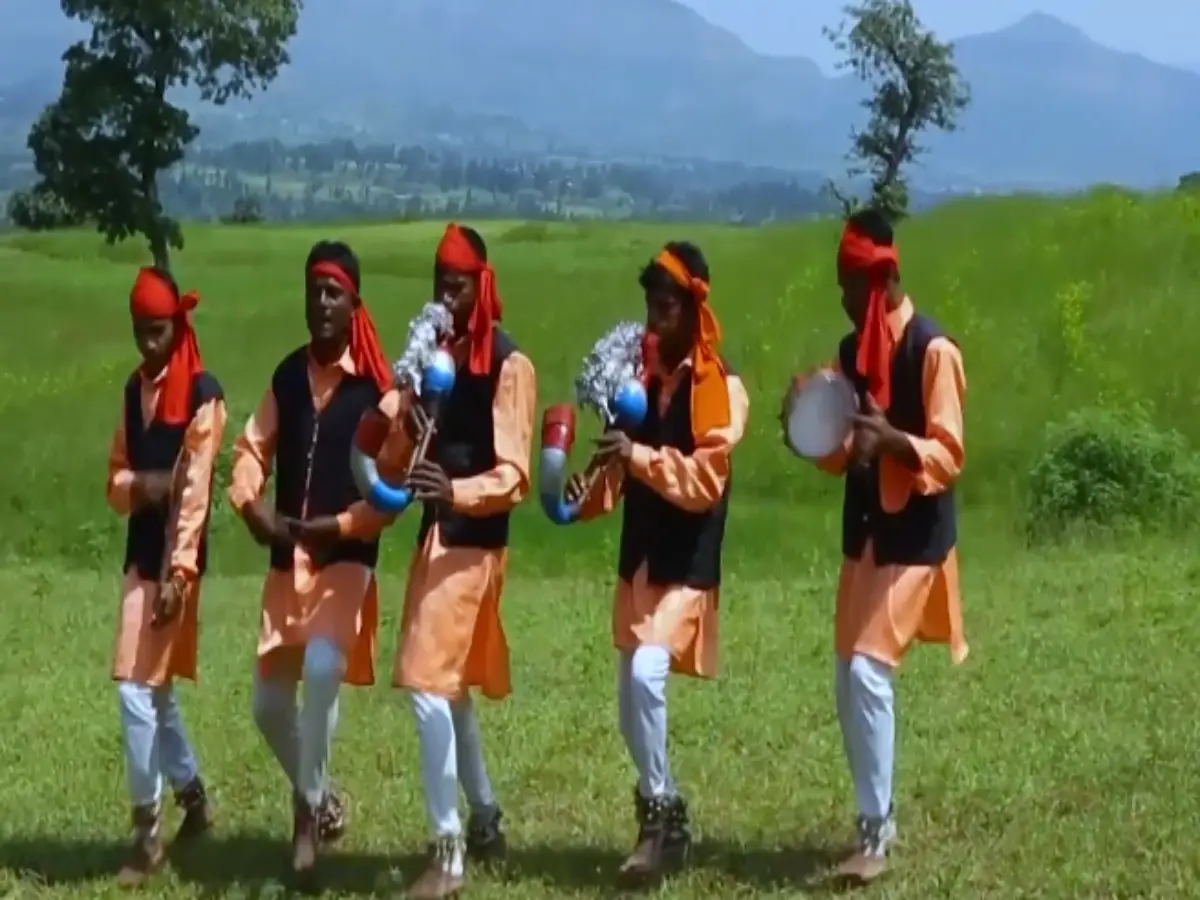
Filter Postion
Right
Filter Background
Off
Theme
Filter Header Image

content
Image

description
The Pawari Dance is an action dance in form of a traditional celebration with deep roots of devotion, and is conducted as the representation of emotional feelings by Dangi tribal community in Dang district of Gujarat. This vibrant dance is performed in worship of Dungardev, the local deity, and reflects the communities reverence for nature. The Pawari instrument (a specific wind instrument made from cattle horns, wood, and dried gourds) produces powerful soulful sound increases the enjoyment in the atmosphere thus celebrating the nature's blessing to the community and the celebrate strength of tribes.
Image Mode
landscape
Image
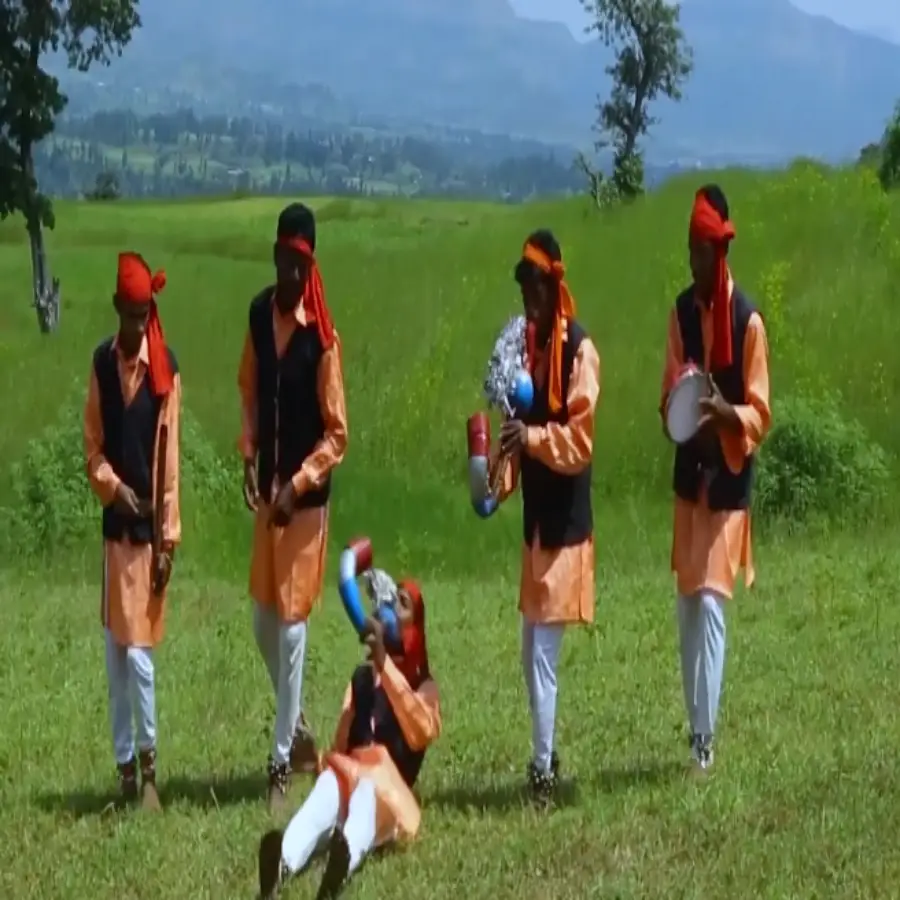
description
Pawari Dance is performed mostly by Konkani and Kunbi of the Dang district and follow several tribal communities, like Warli, Kotwalia, and Dangi Bhil. These tribes are natives to the place; they have a spiritual attachment with the land and its deities. They celebrate their worship of Dungardev in festivals, mostly during the post-Diwali time of the month Kartak. The dance, which started with limited specific tribes, now forms part of broader socio-cultural celebrations as well as events organized by the government.
Image Mode
landscape
Image
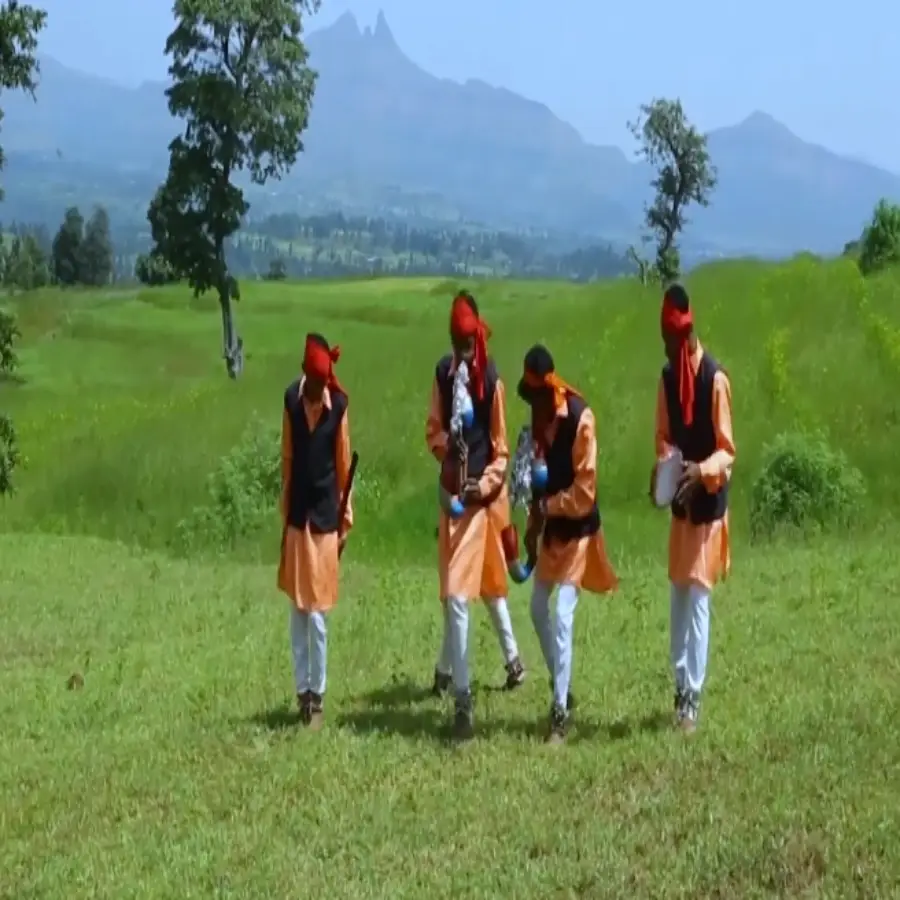
description
In the Pawari Dance, the performers wear richly colored traditional dresses according to their culture. While the men wear flowing turbans or safos with dark robes tied at the waist in colored belts to give a brilliant visual effect, the anklet bells add rhythm to their foot movements. Jewelry is less, yet the overall attire is such that the men look very gorgeous during this solo performance, dedicated to the deity and directed towards tribal unity.
Image Mode
landscape
Image
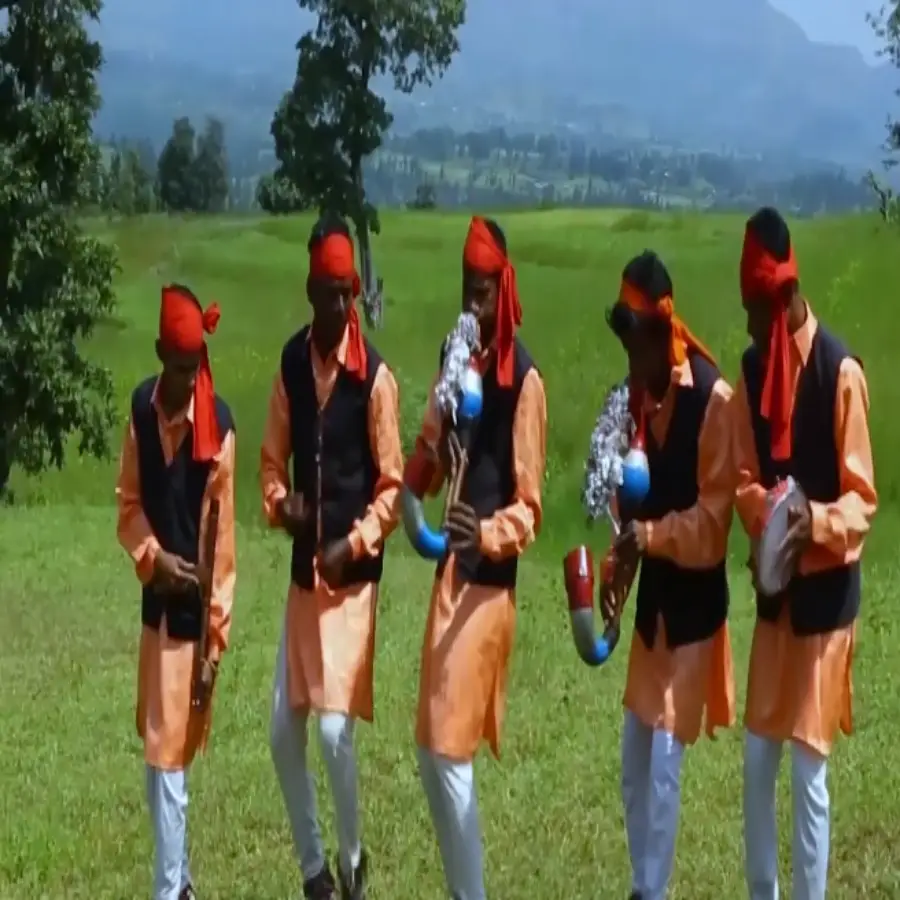
description
During the Pawari Dance, the celebrants use Pawari, made up of hollow-bottle gourds and bamboo rods, with cattle horns, feathers, and tassels. Other instruments, such as khanjari (making sounds like tambourine), bhungla (playing through blowing air), katambadi, and tapara (bamboo sticks struck vertically), combine to an absolutely harmonious sound that invokes nature and hive sound similar to the buzz of bees. The entire local tune and lyrics sung in the local dialect transform the dance into celebratory and spiritual experience rooted in nature.
Image Mode
landscape
Image
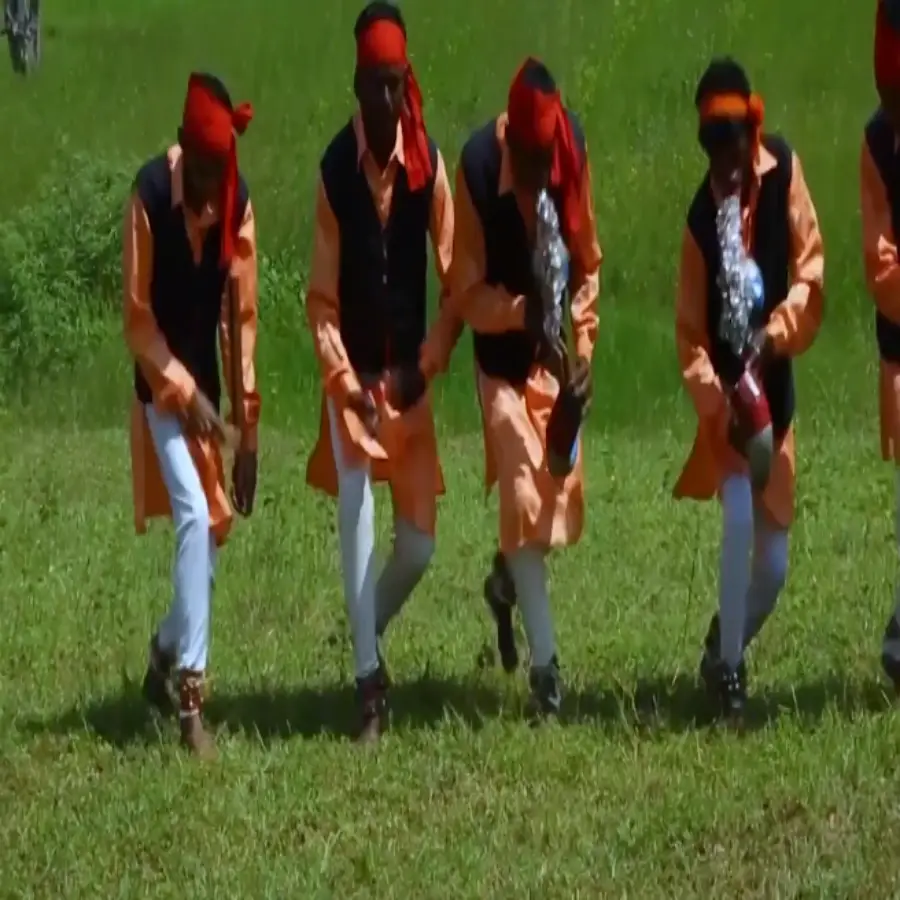
description
Pawari Dance takes center stage during the Dungardev festival. This lasts ten days, and the rituals performed in a public way are conducted on common grounds. Men from different villages normally assemble in one venue to perform the dance and collect contributions of grains and money. Dungardev is not the only time of dancing: the dance is repeated in Ganesh Chaturthi, Shivratri, Holi, and public events. The performers called Powerkar, master at Pawari, lead the movements of 50-60 dancers in rhythm, creating a common space for all the community celebration and worship.
Image Mode
landscape
promoted
Off
Verified
On
